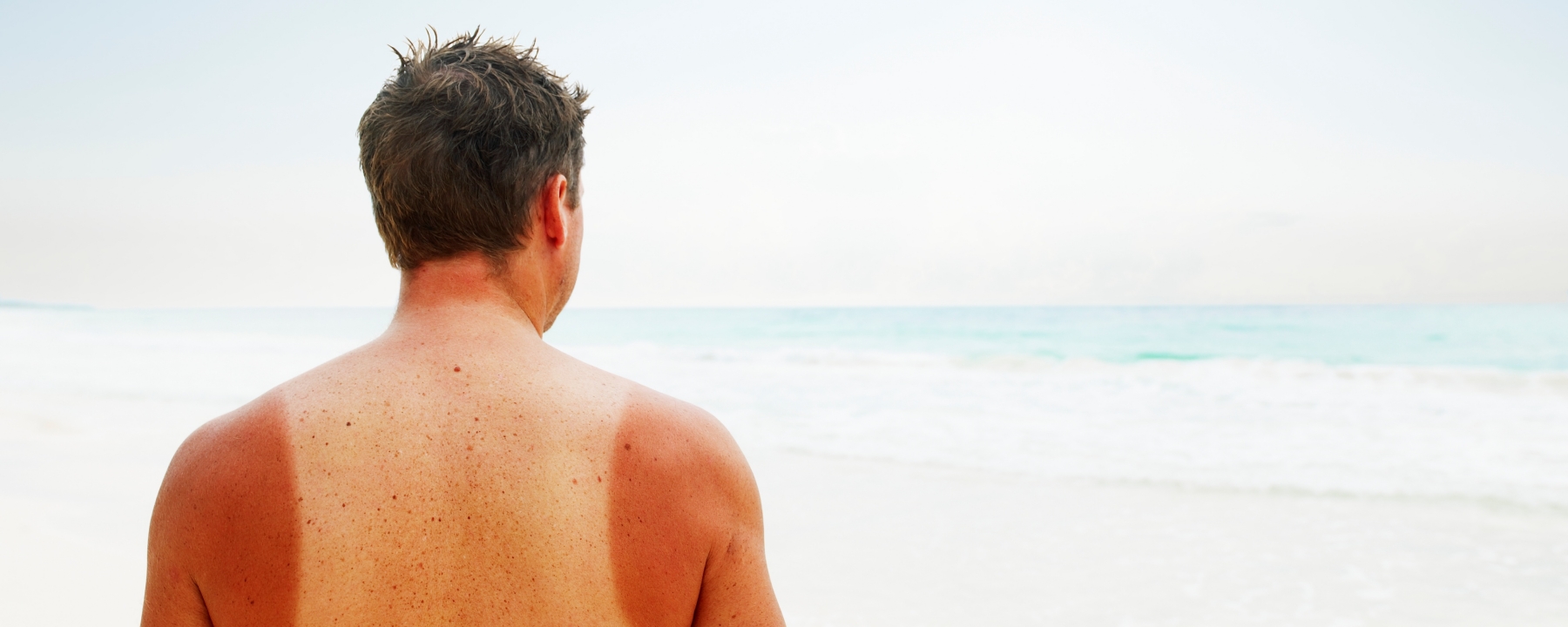
Sunlight
How much protection is necessary?
Sunlight may cause massive damage. Since we cannot see or feel UV rays, the UV Index is a helpful tool to give us orientation.
Every day, we check the weather report so we can plan our leisure activities, pick out the right clothes for tomorrow, or just because it's a part of our daily ritual. After that, it’s fairly easy to plan the next day. If rain is in the forecast, we pack our rain jacket. When there is snow and it’s cold, we definitely pull our our warm hat. When we know the forecast, we can already sense the next day. We can see it and feel it.
Yet what does the meteorologist have to say about sun protection? Can the next day’s temperature and cloudy or blue sky be our indicators? When do I really have to protect my skin? Do I need sunscreen, a hat, an umbrella? Since we don’t see and feel UV rays, it’s not easy to judge whether we need to protect ourselves or not.
"Of course, a good sunscreen is important. But how exposed my skin is to the sun also matters. If I’m inside or when it’s a really cloudy day, then I definitely do not need as much sun protection as when I’m at the beach and exposed to the sun all day. How sun protection is used depends on the situation and the person,“ says Marcel Schnyder, Head of Global Technical Center Sun Care. "Using SPF 50, no matter what I do, doesn’t make any sense. The UV Index let’s me know how and what kind of protection I need the next day."
The animation shows average scores from selected cities and regions of the world. Incidentally, these values were far exceeded on 29 December 2003. At that time, a value of as much as 43.3 was measured in the Andes.
In 1995, the World Health Organization (WHO) developed and published the Global Solar UV Index in partnership with the United Nations Environment Program (UNEP), the World Meteorological Organization (WMO) and the International Commission on Non-Ionizing Radiation Protection (ICNIRP).
The aim is to increase public interest and awareness so they are more informed about the dangers of UV radiation and know suitable steps to take so they can protect themselves from unwanted and harmful effects from too much radiation. Similar to the earthquake’s Richter magnitude scale, the UV Index is an open-ended linear scale directly proportional to the intensity of UV radiation that causes sunburn on the human skin.
However, the UV Index should only be a guide, since the intensity and distribution of the rays depends on several factors. For example, the angle of the sun (depending on the season and the geographical location), stratospheric ozone, cloudy or blue skies and also the location’s expected peak sun hours that day.
The intensity of the radiation is influenced by bright surfaces. Snow, sand and water intensify the reflection of the rays, increasing exposure. The data is consistent worldwide and completely independent of an individual’s skin type. So, if you know what sun protection you need in Berlin at a UV Index of 7, then the same applies to a corresponding value in Los Angeles, Tokyo or anywhere else in the world.
Note:
If the index value is low, then the danger from UV rays is low. The higher the index value, the higher the intensity of sunburn-producing UV radiation and sun protection is needed to prevent initial damage, such as a sunburn.
